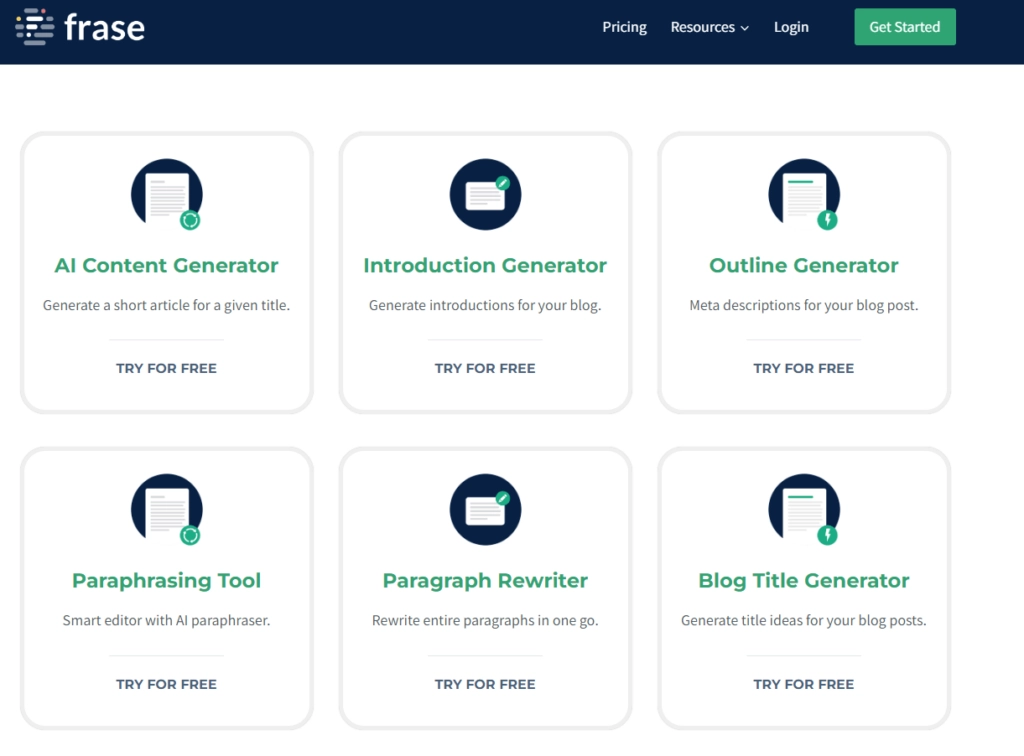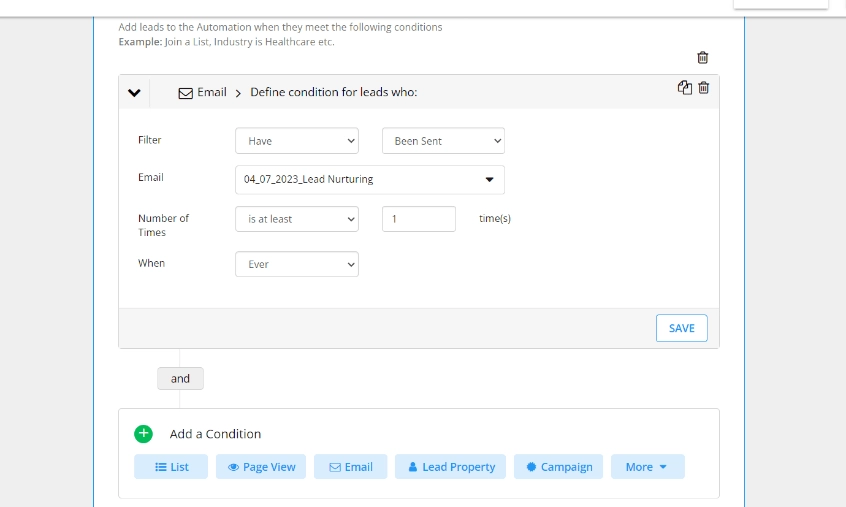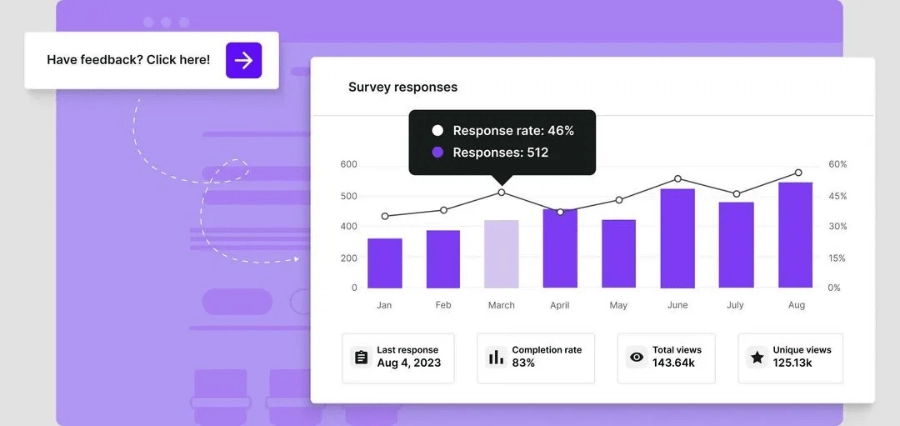Finding ways to grow your small eCommerce business in a competitive digital world can be complicated. Bigger corporations, with years of experience, generally have larger marketing budgets, stronger brand equity, and access to endless resources.
However, there’s still hope for smaller eCommerce brands. Not only is demand for eCommerce growing at an incredible rate (expected to reach a market value of $5.56 trillion by 2027, but consumers are actively prioritizing smaller companies.
Studies show 56% of customers are actively purchasing from smaller companies, particularly during a time of high inflation and economic recession. Additionally, 30% of customers say they want to support small companies because they know these brands are struggling with fewer resources.
So, it’s definitely possible for small eCommerce businesses to stand out in a competitive world. All you need to do is find the right strategies to enable growth.
Top Strategies for Small Ecommerce Businesses
Small e-commerce business owners often assume they’re at a disadvantage in the digital world. While you might have a smaller team, fewer resources, and a limited budget, it’s worth remembering you also have some distinct advantages over bigger brands, too.
As a smaller company, you have the power to be agile, experimenting with new strategies and solutions. Plus, numerous tools are now emerging in the e-commerce world to specifically cater to small business needs.
Here are just some of the best strategies you can use to compete with bigger brands.
1. Leverage Data to Optimize Business Processes
Data is extremely valuable to any e-commerce company. It’s how you determine which of your products are generating the most revenue, where your best growth opportunities lie, and even what your customers expect from your business.
Leveraging data also means you can consistently optimize your business processes, finding new ways to reduce costs and improve customer experiences. As an example, 8fig, an e-commerce funding and financial planning platform, enables e-commerce and online retailers to tap into the benefits of having their own dedicated AI-CFO, without having to expand their team.

The AI-driven platform provides access to intuitive, data-driven guidance on everything from cash flow planning to logistics, supply chain optimization, inventory management, and marketing spend. By breaking down each batch of products into distinct lines and analyzing their forecasted revenue, small business owners can better maintain a healthy cash flow and set clear goals for scaling.
2. Partner with Freight Forwarders on International Shipping
One of the factors that makes e-commerce such a compelling business model for entrepreneurs is the opportunity to sell to customers across the globe. With an online store, you’re not limited to selling products to local customers. You can connect with potential audiences, anywhere.
The only problem for smaller e-commerce companies is it can be difficult to handle the complexities of shipping goods to global locations. Partnering with a freight forwarder can be a game-changer, as they can handle all the logistics of international shipping on behalf of small businesses. Some freight forwarders help with all sorts of aspects of international shipping, such as customs and documentation. And some are specifically focused on helping small businesses.

Ship4wd, for example, is a digital freight forwarder that serves SMBs exclusively, granting them access to competitive shipping rates usually given only to big players.
While much of the shipping and freight industry still relies on manual processes, Ship4wd leverages technology to provide a user-friendly dashboard providing complete transparency for SMBs, enabling them to book competitive quotes in minutes and track shipments in real-time.
The platform also enables online payments and offers flexible payment terms and credit lines, which can prove very useful for SMBs looking to expand their reach to locations across the globe.
3. Incorporate AI to Streamline Workflows
AI has emerged as one of the most exciting and valuable trends in the e-commerce landscape today. With artificial intelligence, small business owners can automate processes, learn more about their target audience, and find new ways to generate leads.
AI can even expedite a number of crucial processes involved in running an online store. With tools like Frase.ai, you can generate powerful product descriptions for your website in seconds, leveraging keywords to stand out on the search engine result pages, and implementing your own brand voice.

AI can also be used to help you collect and use valuable information about your target audience. Solutions like Salesforce Einstein can analyze customer behaviors and trends on your behalf, providing the tools you need for excellent customer segmentation. It can also help with sales and demand forecasting, so you know exactly what you need to do to increase sales in the future.
4. Experiment with Marketing Strategies
Investing in effective marketing strategies is essential to ensure your small business can stand out in the competitive e-commerce world. Taking an agile approach to your promotional campaigns is a great way to boost your ROI and minimize marketing expenses.
For instance, when you’re investing in email marketing, you can experiment with different segmentation strategies, marketing copy, subject lines, and sending frequencies to see which strategies drive the most value toward your business.
Tools like Wishpond are excellent for companies that want to experiment with different email campaigns, from abandoned cart strategies, to welcome emails:

You can also take advantage of various marketing trends as they emerge, such as:
- Influencer marketing: Working with influencers doesn’t have to be expensive. Even micro-influencers with a few thousand followers can help you to reach new audiences, strengthen brand awareness, and improve your credibility.
- PPC campaigns: Pay-per-click campaigns can give you excellent access to rapid traffic for your e-commerce website. You can experiment with locally targeted campaigns, or different keywords, to boost your presence on search engines and social media platforms.
- SMS marketing: SMS is a great way for businesses to get customer attention. Interacting with your customers on their smartphones can help you to drive attention back to your e-commerce site and increase sales.
5. Deliver Exceptional Customer Service
81% of customers say a great experience with customer service convinces them to make another purchase. In the e-commerce world, delivering an amazing customer experience can help you to convert one-time buyers into lifelong advocates for your brand.
Larger businesses often struggle to deliver highly personalized and consistent service, but small e-commerce companies have numerous tools at their disposal to help them delight buyers.
For instance, tools like Help Scout can provide your customer service team with a unified inbox where they can track interactions with customers across various channels, from Facebook messenger, to live chat, email, and more.

Solutions like Sprout Social can help you monitor social media mentions and respond to customers across a host of different platforms, whenever they need support. You can even choose to automate some of your customer service strategy, with chatbot platforms like LiveAgent.
With a chatbot on your website, you can essentially offer 24/7 support to customers from all over the globe, without having to hire extra service reps.
6. Collect and Act on Customer Feedback
Customer feedback gives small e-commerce companies the power to rapidly improve their reputation with customers. While businesses of all sizes often receive feedback in the form of customer reviews and ratings, small companies can usually act on these insights a lot faster.
The key to success is making sure you have the right tools in place to collect as much customer data as possible. Solutions like Survicate, for example, make it easy to automate the process of requesting customer feedback across a range of channels, from email to mobile apps.
You can ask customers to rate their experience using stars or scales, and even track your number of responses to survey requests over time.

Source: Survicate
Once you’ve received feedback from your customers, remember to act on it. Thank your customers for their insights, and look for intuitive ways to solve any problems they might be facing. Even if you receive negative reviews, responding in a timely and professional manner will help you to improve your relationships with your customers, and increase retention rates.
7. Find Unique Ways to Offer Value
Every customer, whether they’re shopping with a big e-commerce brand or a small vendor, wants to feel like they’re getting a great deal. Looking for unique ways to deliver value to your customers is a great way to set yourself apart from major brands.
For instance, studies show that 62% of customers won’t even consider purchasing from a retailer that doesn’t offer free shipping. Adjusting your pricing structure so you can offer shipping for free without harming your profit margin could be a great way to convert more leads.
You can even use tools like Adoric to deliver personalized recommendations and offers based on pre-set triggers. For instance, when a customer arrives on a certain page of your store, you could offer them a free shipping option, or a discount on a product bundle.

Other great ways to offer value as a smaller e-commerce business include:
- Loyalty programs: Encourage customer loyalty by giving customers access to exclusive discounts and offers in exchange for continued transactions with your brand.
- Regular sales: Host sales regularly throughout the year to generate hype for your products, and encourage more purchases.
- Subscribe and save: Give regular customers the opportunity to subscribe to receive your products on a monthly basis, in exchange for a small discount.
8. Optimize Your Website for User Experience
Finally, one of the most important things you can do as a small e-commerce business owner to boost your sales and customer loyalty is to deliver a great user experience. Even with a limited budget, you can still create a website that supports your customer’s journey.
Make sure you:
- Enhance the checkout process: A messy or complicated checkout process can increase cart abandonment rates. Make it easy for your customers to finish their purchases with guest checkout options and multiple payment methods.
- Boost navigation: Give your customers the freedom to explore your site with ease, using convenient navigation menus and search functionality. Allow customers to filter through products based on need, color, size, or even price.
- Increase website performance: Make sure your website loads quickly on every device and platform. Get rid of any clunky apps or images that might be slowing down your pages, and regularly assess your site speed performance.
- Provide useful content: Update your product descriptions with insights into the benefits of each item, and high-quality photos. The easier it is for your customers to visualize using your products, the faster they’ll see their benefits.
Competing with Big Brands as a Small Ecommerce Business
Thriving as a small e-commerce business in a world of growing competition isn’t always easy. However, it’s important to remember even the smallest business can compete by employing the right strategies. Investing in customer service, excellent experiences, and innovative tools will help you to accelerate your growth, and compete with the bigger fish in the ecommerce pond.
Stay agile and adaptable, and be ready to invest in new, innovative technologies as they emerge. You’ll be outshining the biggest e-commerce brands in no time.
FAQ
Is e-commerce a good business model for small businesses?
E-commerce can be an excellent business model for smaller companies. You can start an e-commerce brand with very little initial investment these days, and the opportunities for expansion are limitless. Plus, you can potentially run your entire business from home, with no need for a physical presence.
Why isn’t my e-commerce business getting sales?
If you’re not earning sales on your e-commerce store, there could be numerous issues at play. You may not be targeting the right audience, investing in the right marketing strategies, or showcasing your products effectively.
How many people fail at e-commerce?
Around a fifth of all businesses in the United States fail within just one year. Committing to constantly growing your e-commerce business and earning the loyalty of your customers is crucial to making sure your company can continue to thrive.
How can I grow my e-commerce business?
E-commerce companies can achieve growth in a number of different ways. Investing in new product lines based on the preferences of your customers, expanding into new global regions, and even offering loyalty programs can all help to generate extra revenue.
How can a small business stay competitive?
Staying competitive in a growing market involves constant work. Keep up with the trends in the e-commerce industry, pay attention to your target audience, and be willing to invest in new technology. Look for ways to differentiate yourself from bigger brands with excellent service, products, and intuitive marketing campaigns.
___
Written by our guest writer Lucy Manole, a creative content writer and strategist at Marketing Digest. She specializes in writing about digital marketing, technology, entrepreneurship, and all things to SaaS. When she is not writing or editing, she spends time reading books, cooking, and traveling.

